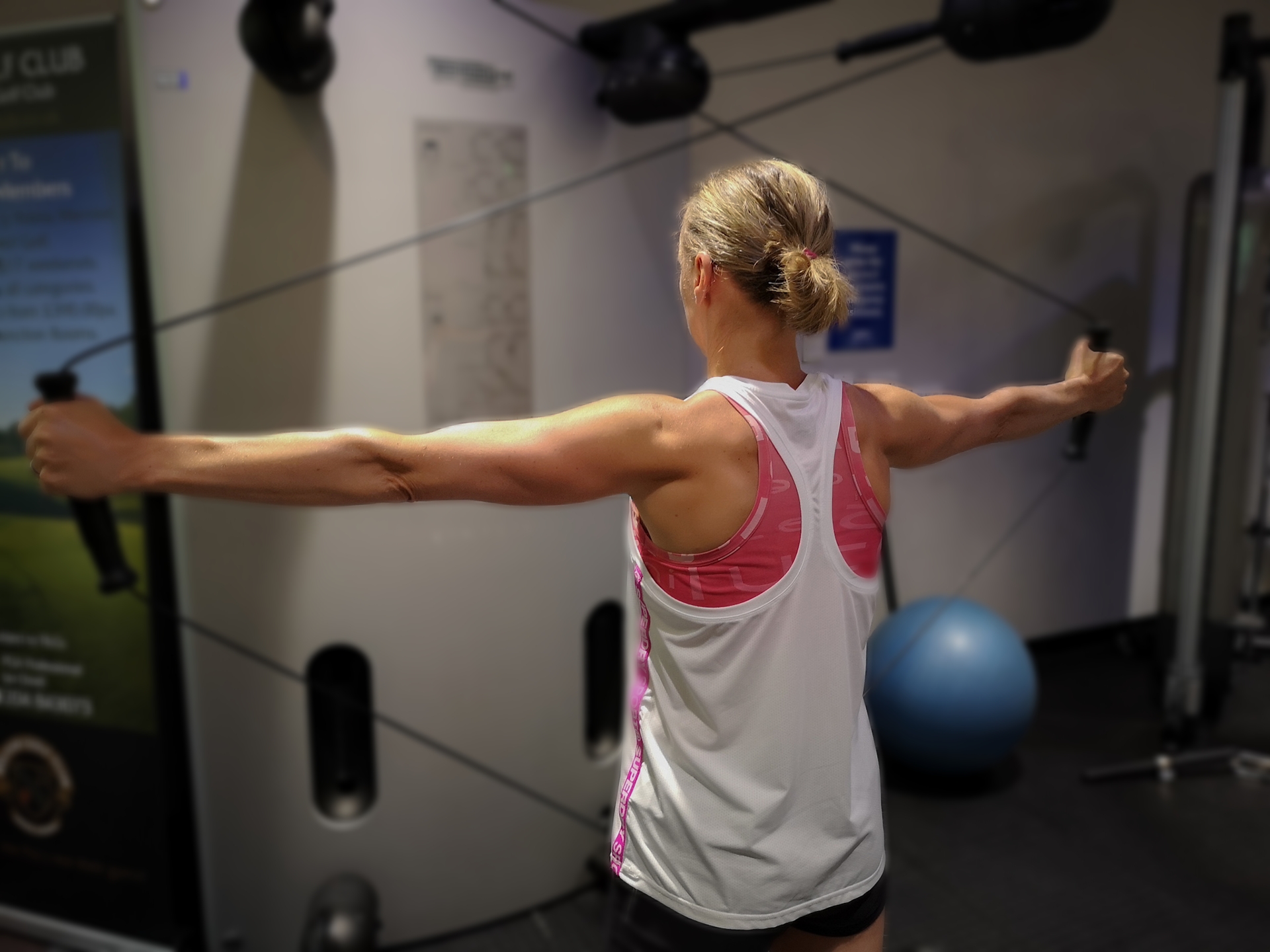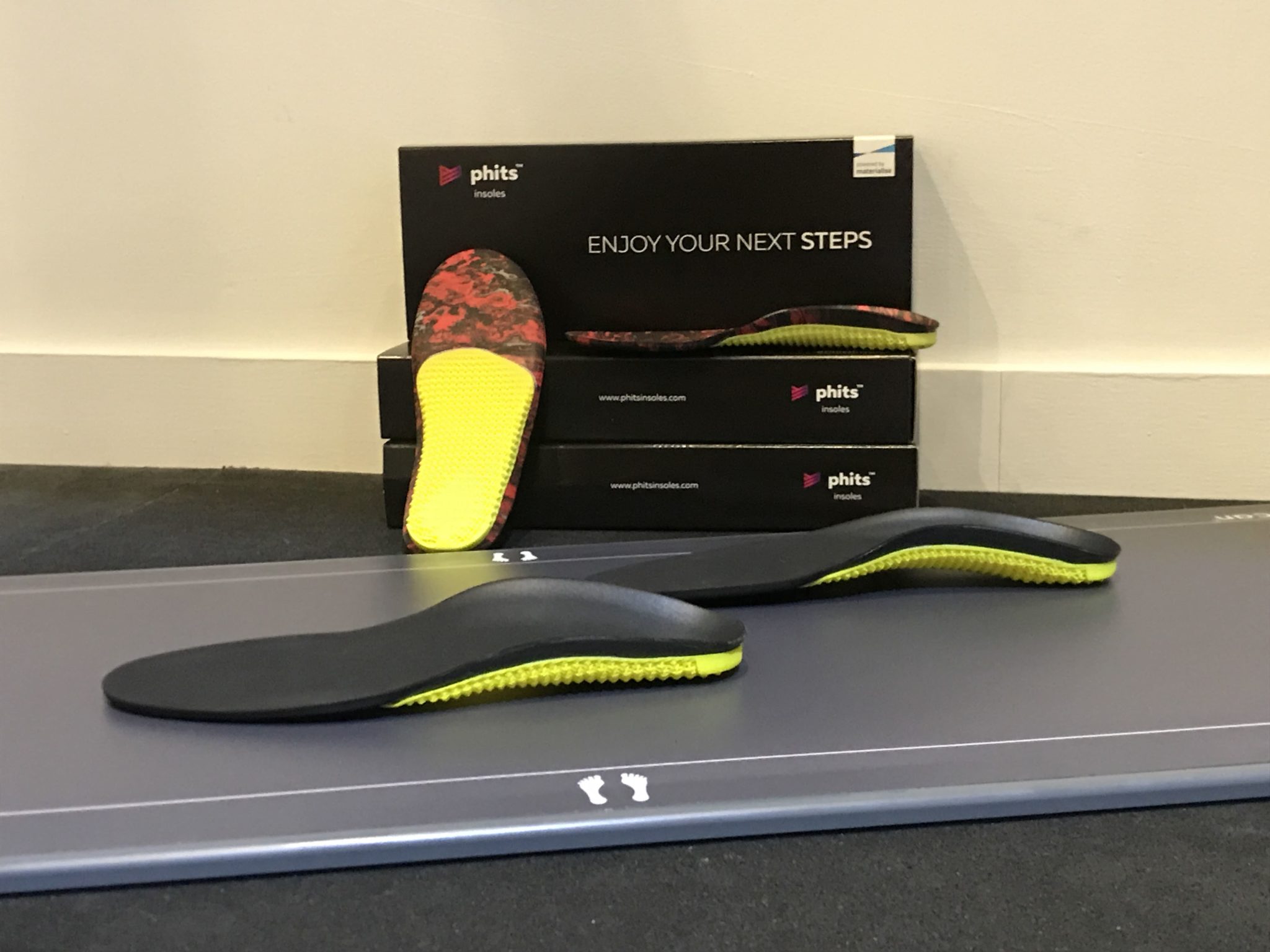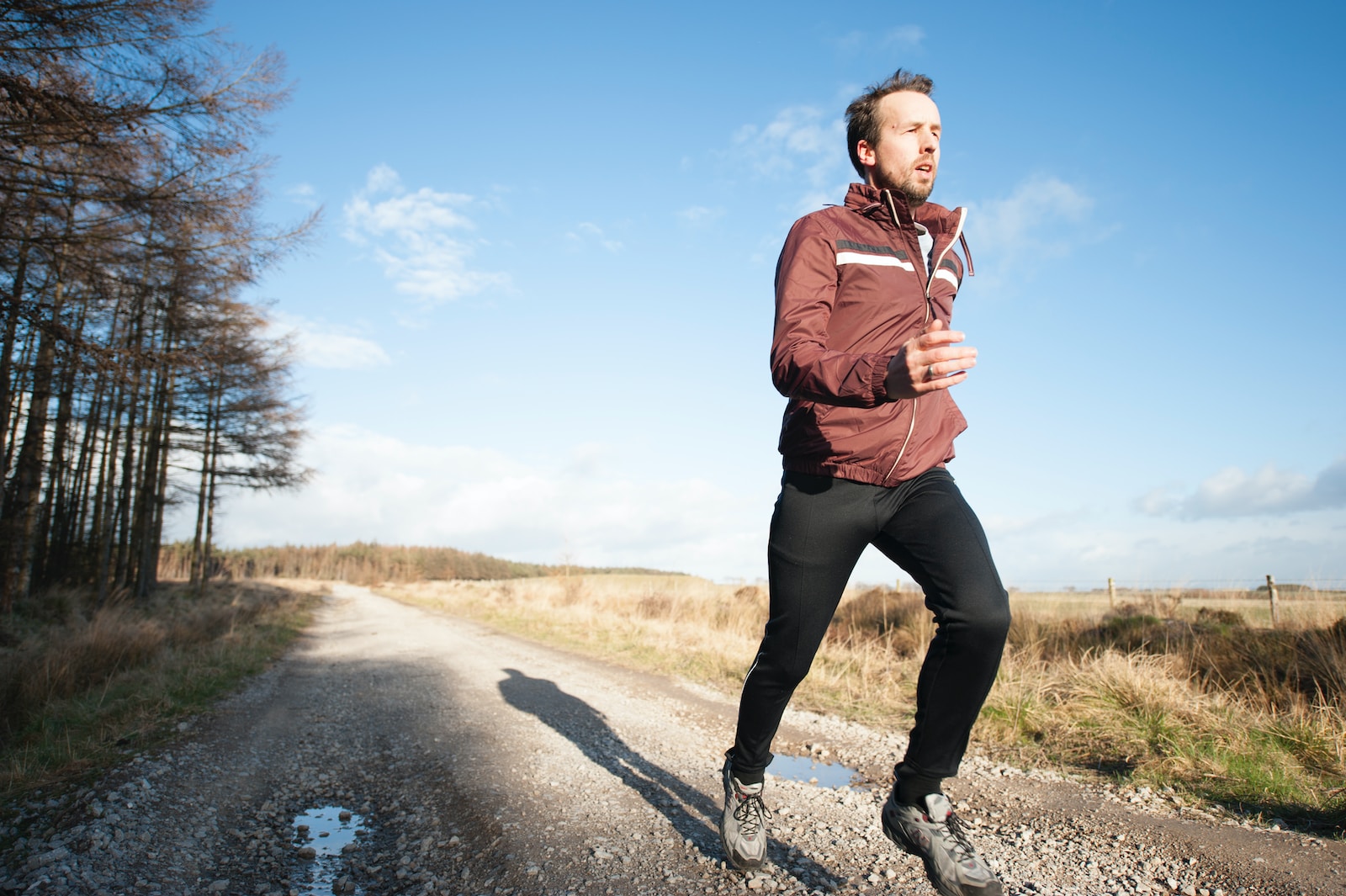Are there any benefits to warming up before exercise? Team Summit says YES!
Warming up is well known as the best thing to do before activity but what does it actually do to your body?
In this blog, we will look at the basics of a good warm up, the effects the body experiences as it prepares for exercise, differences between types of stretches and some recommendations for you to add into your warm ups.
There are 3 main components to an effective warm up:
General light to moderate heart raising activities (running/jogging, cycling, skipping etc.)
Stretching
Sport specific activities
The idea of an effective warm up is to gradually increase the tempo/speed so that by the end you are ready for activity. An ideal warm up should aim to last between 10 and 20 minutes and incorporate all 3 components.
The Benefits of an Effective Warm Up
Decreased resistance of muscles and joints
Greater release of oxygen from haemoglobin and myoglobin
Increased rate of metabolic reactions
Increased nerve conduction rate
Increased thermoregulatory strain
Increased blood flow to muscles
Elevation of baseline oxygen consumption
Psychological effects and increased preparedness
As the temperature of the muscles increase the muscles themselves become more pliable, (think warming up rubber to allow it to bend), this helps reduce the risk of injury as the muscles are able to adapt to load and stress put on them due to the increased pliability.
The increased temperature allows the blood to carry more oxygen around the body, which allows muscles to work more efficiently. As the body temperature increases it has also been suggested that muscles have a better glycogen breakdown meaning that high intensity anaerobic activities are more efficient (e.g. better sprints and increased power when weightlifting).
A warm body allows for nerves to conduct signals quicker which again helps reduce the likelihood of injury as the body can respond quicker to changes (increased reaction time as a goal keeper).
Some of the non-temperature related changes include increased blood flow to the muscles due to the rise in heart rate, but most importantly the body psychologically feels prepared for activity.
The combination of all these effects allows your body to feel more prepared as well as allowing it to adapt to load/stress and demands better.
Types of Stretches
Static
A static stretch is a stretch that is slow and held for a length of time to increase the range of motion you can achieve.
Ballistic
A ballistic stretch which is similar in body position but the stretch is not held and you bounce into the stretch to increase the tolerance of the muscles stretch reflex.
Dynamic
A dynamic stretch, this is a more functional type of stretch where a controlled movement allows the body to apply a short term stretch to achieve a more balance orientated range of movement.
Each type of stretch has its advantages and disadvantages depending on what you aim to achieve. For instance, static stretches have been shown to reduce maximal muscle output meaning that they would be inappropriate before a weight session. Ballistic stretches are used to forcefully increase range of motion, as such they are only recommended if already warmed up and there is need to increase flexibility. At Summit dynamic stretches are used more frequently complement a warm up routine more effectively. There aim is to promote stability control through movement therefore helping reduce the likelihood of injury. Dynamic stretches are stretches are all performed while moving.
Below are some examples of dynamic stretches that could be used as part of your warm up routine.
Hamstring sweeps
Whilst walking forwards stop and have one foot in front of the other
With both feet planted on the ground, bend the back leg
Bend forwards and with your arms sweep behind the feet and forwards feeling a stretch through the back of your leg
Take a couple of steps forwards and repeat on the other side
Groin stretch (open gate)
Whilst walking forwards stop and bring one knee up to chest
With your hands on your hips, rotate leg out to your side
When out as far as you can go, place foot down, take a couple of steps forward and repeat on the other side
Heel flicks
As part of a slow jog forwards kick heel towards your bum
You should feel a small stretch in the front of your leg repeat on both sides
Above are some examples of lower body dynamic stretches that can be incorporated into your warm up routine. Complete these exercises along with a heart raising activity first (slow jog/bike) and some general activity specific movements after for an effective warm up prior to working out/training.
For more information on the benefits of a warm up and for a tailored routine specific to your hobbies/sport contact us on 0800 731 2738 or Book Online.
References
Bishop, D., 2003. Warm up I. Sports medicine, 33(6), pp.439-454.
Fradkin, A.J., Zazryn, T.R. and Smoliga, J.M., 2010. Effects of warming-up on physical performance: a systematic review with meta-analysis. The Journal of Strength & Conditioning Research, 24(1), pp.140-148.



